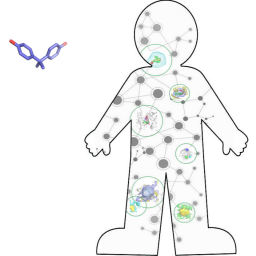Bisphenol A binding promiscuity: A virtual journey through the universe of proteins
Main Article Content
Abstract
Significant efforts are currently being made to move toxicity testing from animal experimentation towards human-relevant, mechanism-based approaches. In this context, the identification of the molecular target(s) responsible for mechanisms of action is an essential step. Inspired by the recent concept of polypharmacology (the ability of drugs to interact with multiple targets), we argue that whole proteome virtual screening may become a breakthrough tool in toxicology as it reflects the true complexity of chemical-biological interactions. We investigated the value of performing ligand-protein binding prediction screening across the full proteome to identify new mechanisms of action for food chemicals. We applied the new approach to make a broader comparison between bisphenol A (BPA) (food-packaging chemical) and the endogenous estrogen 17β-estradiol (EST). Applying a novel, high-throughput ligand-protein binding prediction tool (BioGPS) using the Amazon Web Services (AWS) cloud (to speed-up the calculation), we investigated the value of performing in silico screening across the full proteome (all human and rodent x-ray protein structures available in the Protein Data Bank). The strong correlation between in silico predictions and available in vitro data demonstrated the high predictive power of the method. The most striking result was that BPA was predicted to bind to many more proteins than previously described, most of which also appear to bind EST. Our findings provide a new and unprecedented insight into the complexity of chemical-protein interactions, highlighting the binding promiscuity of BPA and its broad binding similarity to the female sex hormone, EST.
Article Details

This work is licensed under a Creative Commons Attribution 4.0 International License.
Articles are distributed under the terms of the Creative Commons Attribution 4.0 International license (http://creativecommons.org/licenses/by/4.0/), which permits unrestricted use, distribution and reproduction in any medium, provided the original work is appropriately cited (CC-BY). Copyright on any article in ALTEX is retained by the author(s).


